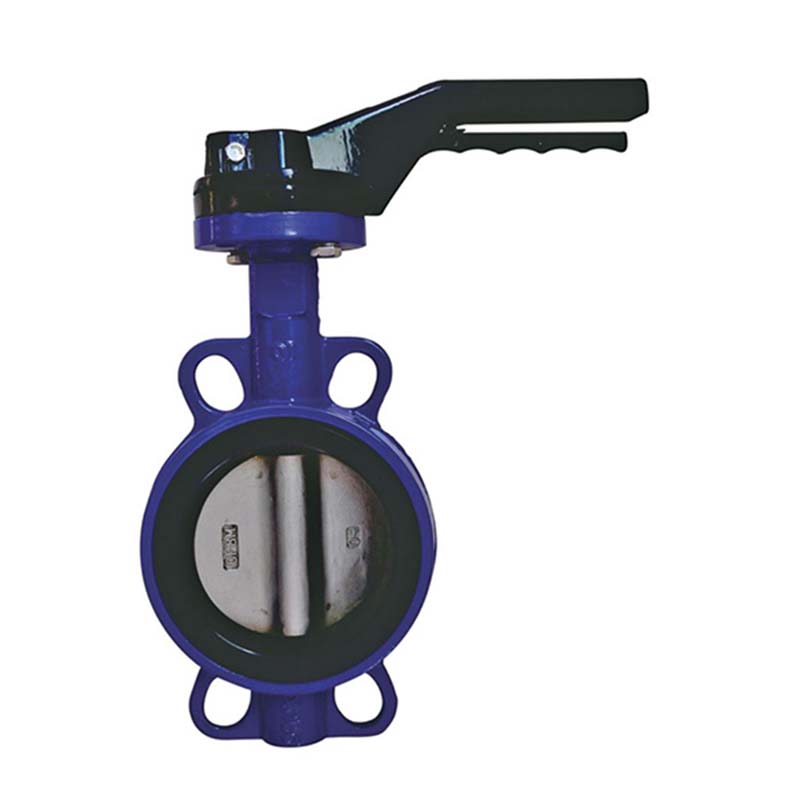9 月 . 12, 2024 16:50 Back to list
Di Lug Type Butterfly Valve Handwheel - Durable & Efficient Solutions
Understanding DI Lug Type Butterfly Valve Handwheel
Butterfly valves are widely used industrial valves characterized by their simple design and efficient operation. Among the various types of butterfly valves, the DI lug type, or ductile iron lug type, has gained significant traction in numerous industries due to its unique advantages. This article explores the features, benefits, and applications of the DI lug type butterfly valve, particularly focusing on its handwheel mechanism.
What is a DI Lug Type Butterfly Valve?
A DI lug type butterfly valve is constructed primarily from ductile iron, known for its strength, toughness, and resistance to corrosion. The lug design refers to the valve body that has protrusions or lugs, allowing it to be bolted directly to the pipeline. This design enables the valve to be installed between two flanges in a more secure manner, facilitating easier maintenance and replacement without the need to disassemble the entire pipeline.
Key Features
One of the standout features of the DI lug type butterfly valve is its compact construction, which allows for significant space savings compared to other valve types. The valve operates using a circular disc that rotates around a shaft, controlling the flow of fluid through the pipeline. This rotational movement provides a quick and effective closure mechanism, making butterfly valves particularly efficient in flow regulation.
The handwheel is an integral component of the valve, enabling manual operation. Unlike automated valves that require external power sources, the handwheel offers a straightforward method for operators to open or close the valve as needed. This manual control is crucial in situations where power failure or malfunction of automated systems can impede operation. The handwheel allows for instant adjustment in flow, ensuring that processes can continue smoothly and efficiently.
di lug type butterfly valve handwheel

Advantages of Handwheel Operation
The handwheel feature in DI lug type butterfly valves presents multiple advantages. First, it allows for precise control over the valve position. Operators can easily manipulate the flow rate, which is vital in applications requiring careful monitoring of fluid dynamics. Additionally, the manual operation facilitates immediate response in emergencies, making it a reliable option for critical operations.
Furthermore, handwheels are generally designed for ease of use. They typically feature ergonomic designs, allowing operators to apply the necessary torque without causing fatigue. This design consideration is particularly important for valves that might require frequent adjustments throughout a shift.
Applications
DI lug type butterfly valves with handwheels are versatile and find applications across various sectors, including water treatment facilities, chemical processing plants, power generation, and HVAC systems. They are ideal for throttling and on-off services in both liquid and gas flow applications. The robustness of ductile iron makes these valves particularly suitable for harsh environments and challenging conditions.
Conclusion
In conclusion, the DI lug type butterfly valve with a handwheel is an essential component in many industrial applications. Its unique design not only ensures strong performance under pressure but also provides operators with the ability to manually control flow effectively. As industries continue to prioritize efficiency and reliability, the demand for such reliable valves will undoubtedly grow, making them a cornerstone in modern fluid management systems. Whether for new installations or upgrades in existing systems, considering the DI lug type butterfly valve with a handwheel is a decision that promises both performance and resilience.
Share
-
Understanding the Differences Between Wafer Type Butterfly Valve and Lugged Butterfly ValveNewsOct.25,2024
-
The Efficiency of Wafer Type Butterfly Valve and Lugged Butterfly ValveNewsOct.25,2024
-
The Ultimate Guide to Industrial Swing Check Valve: Performance, Installation, and MaintenanceNewsOct.25,2024
-
Superior Performance with Industrial Swing Check Valve: The Essential Valve for Any SystemNewsOct.25,2024
-
Industrial Swing Check Valve: The Ideal Solution for Flow ControlNewsOct.25,2024
-
You Need to Know About Industrial Swing Check Valve: Functionality, Scope, and PerformanceNewsOct.25,2024